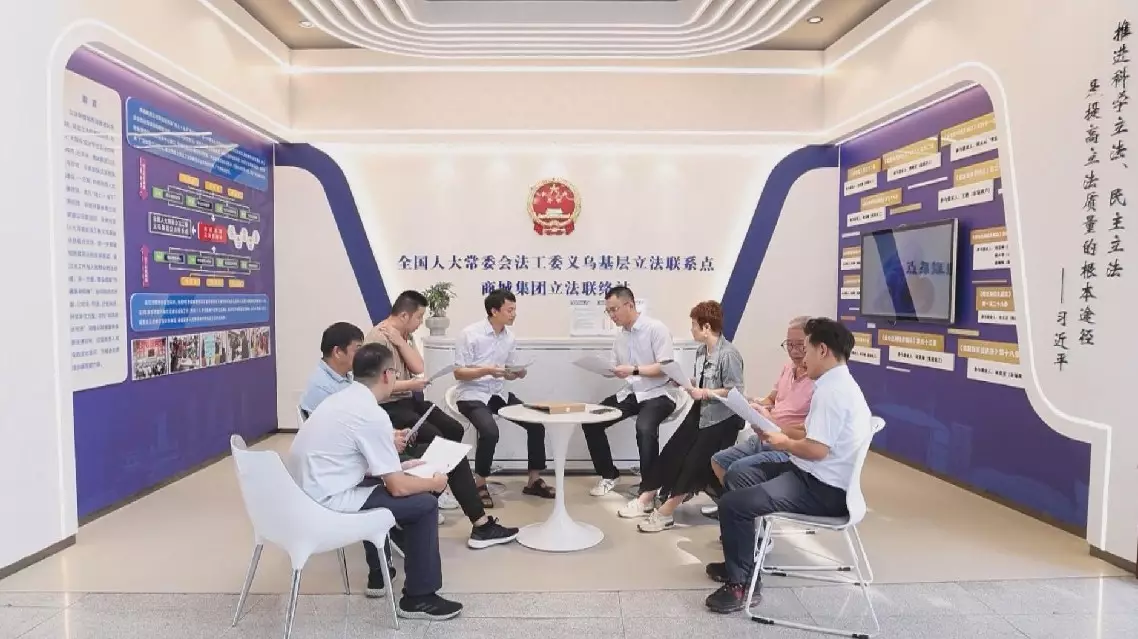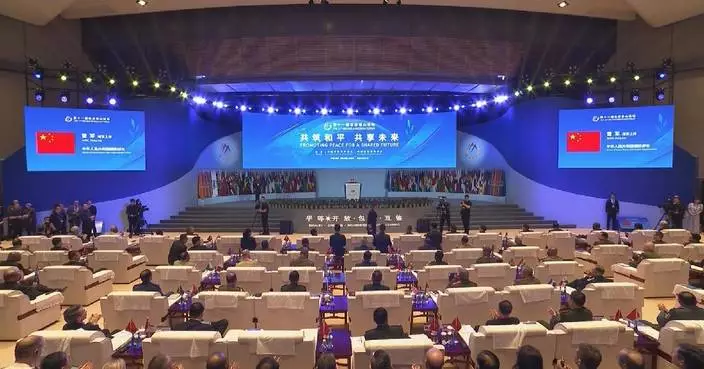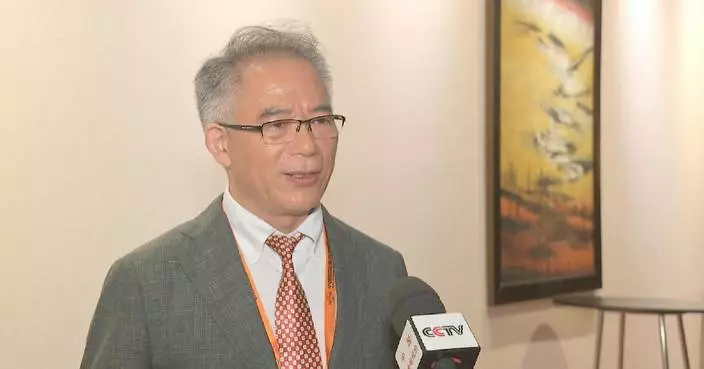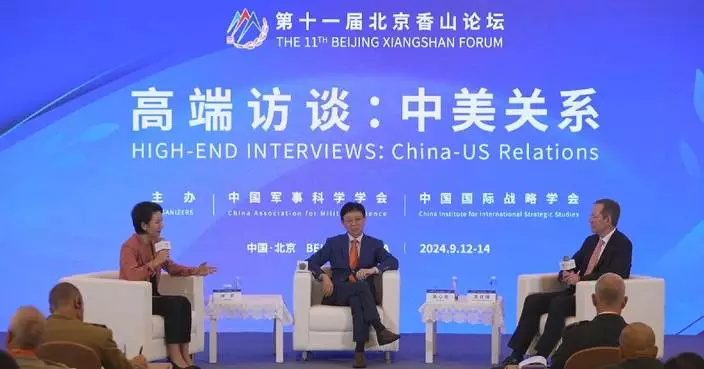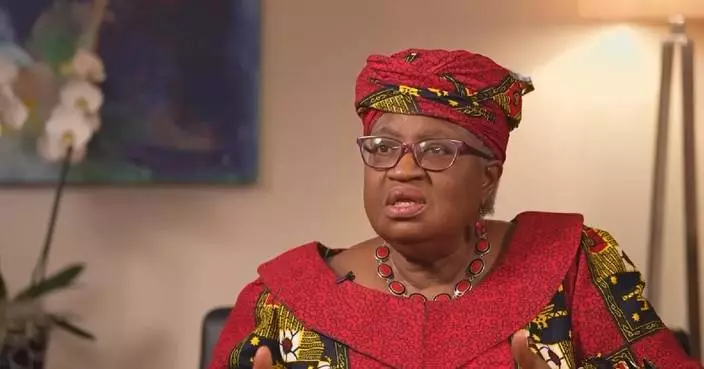Traditional industries in east China's Shandong Province have been pursuing innovation-driven development and green transition for sustainable growth.
In China, to promote green development, various restrictions are often imposed on industries with high energy consumption and carbon emissions, known as "two highs" industries. Thus it is in the interest of a company to avoid being classified as "two highs" industry.
Recently in a newly built workshop in Xiajin County of Dezhou City, a batch of machine tool processing equipment were being installed and adjusted.
"We plan to build the most advanced intelligent digital metal casting production line in China and produce four million engine pistons per year, becoming the largest piston production base in northwest Shandong," said Huo Xianyue, director of Shandong Lei Vanadium Machinery Technology Co., Ltd.
The casting of this type of high-strength aluminum alloy products used to belong to the "two highs" industries in Shandong and the requirements for launching new projects could be very harsh.
But recently, Shandong issued a document which removed tire and casting projects from the list of "two highs" industries.
"The total energy consumption of the tire and casting industries accounts for less than 5 percent of the total energy consumption of the 'two highs' industries in our province, which has little impact on energy conservation and coal reduction efforts. So at present, they are removed from the list of 'two highs' industries, which can help eliminate the adverse effects of being 'two highs' industries," said Shi Shaoda, deputy director of the industrial department of the Shandong Provincial Development and Reform Commission.
In the industrial system of Shandong, the proportion of traditional industries once reached 70 percent. Guided by relevant policies, many traditional enterprises have continuously improved their technological innovation and energy consumption management levels for sustainable development. At the same time, due to the transformation and upgrading of enterprises, some industries have been removed from the "two highs" list, thus forming a virtuous circle.
Meanwhile, in order to encourage the development of new energy industries, Shandong made a policy that the quota of the energy increments generated after the completion and commissioning of new energy projects can be used by the city for other projects.
"By vigorously developing 'green electricity' projects such as wind power and photovoltaics projects, by the end of 2023, Dezhou's annual renewable energy power generation reached 14.569 billion kWh, an increase of 2.738 billion kWh over the previous year. The city can make use of these increased energy consumption quota freely, which can help boosting the construction of more high-quality projects," said Wei Xudong, section chief of the resources and environment section of Dezhou Municipal Development and Reform Commission. In the first half of this year, Shandong's new energy and renewable energy power generation installed capacity increased by 20.2 percent, accounting for 46.8 percent of the total installed capacity. At the same time, the energy consumption per unit of added value of industrial enterprises above designated size in the province fell by 6.7 percent year-on-year, showing an evident trend of green transition.
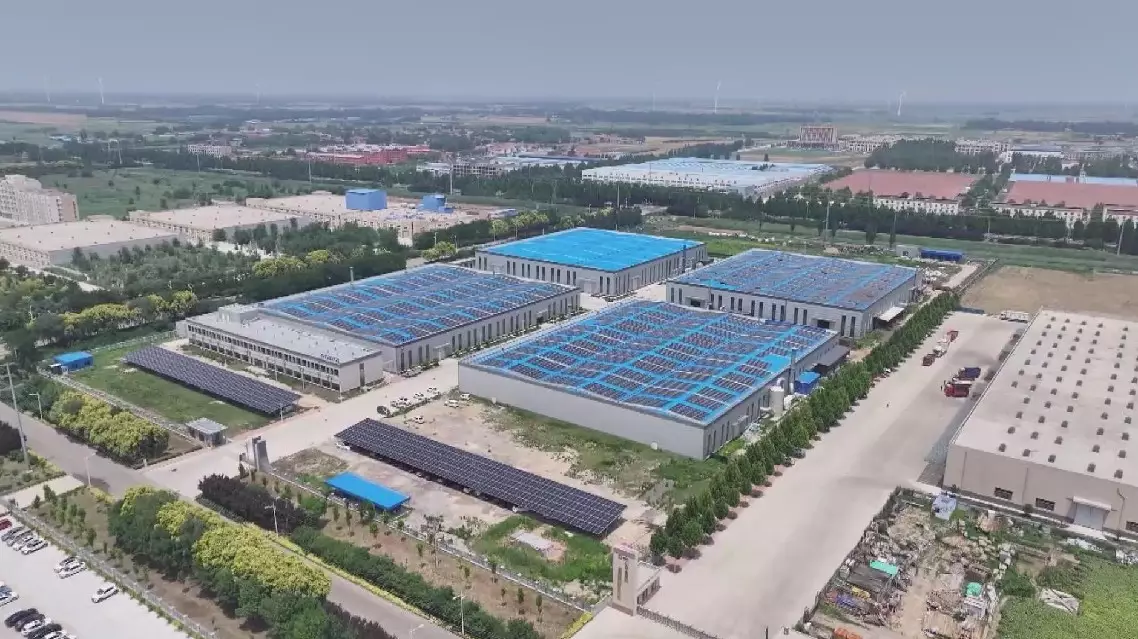
Innovative, green transition in full swing for traditional industries in Shandong


